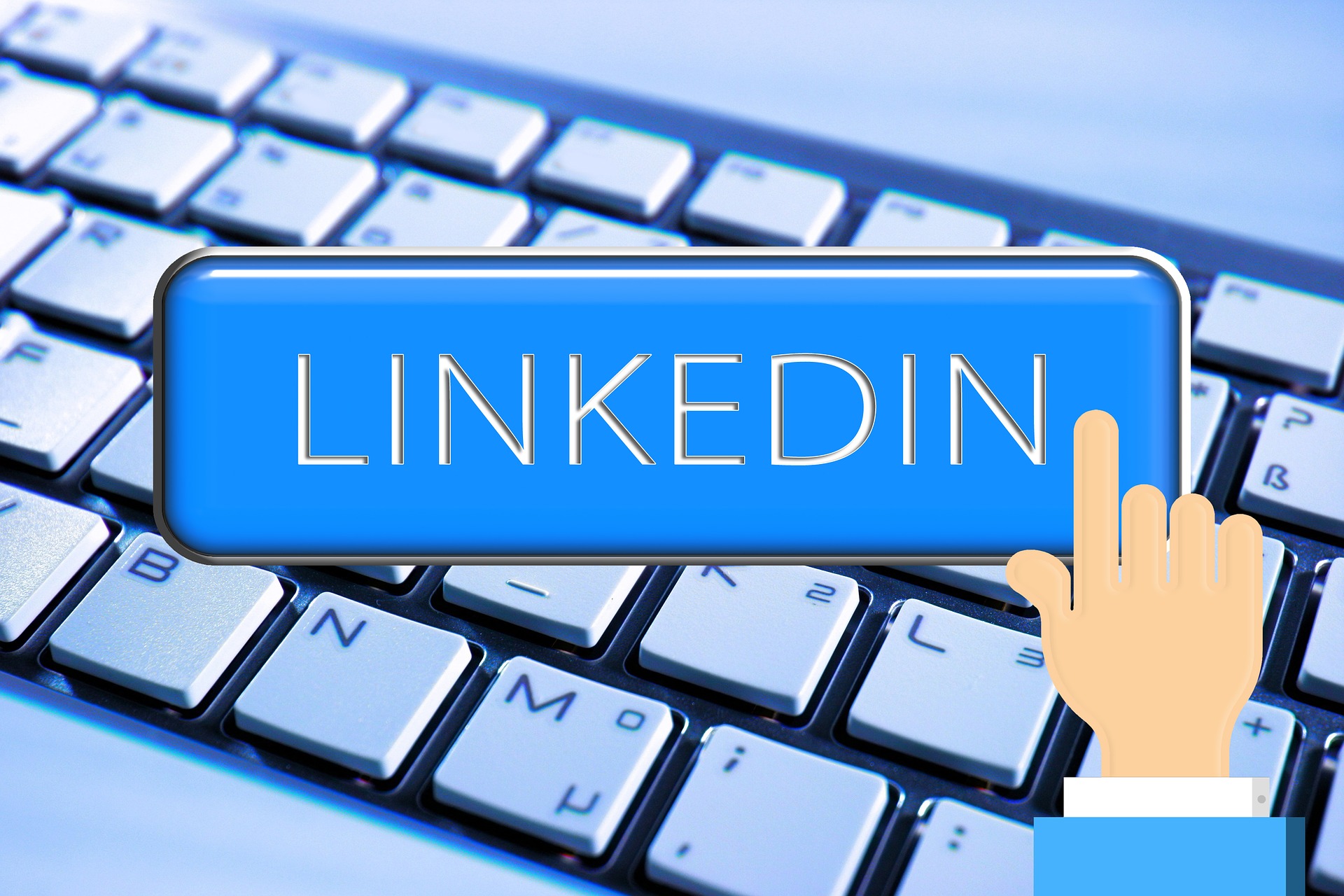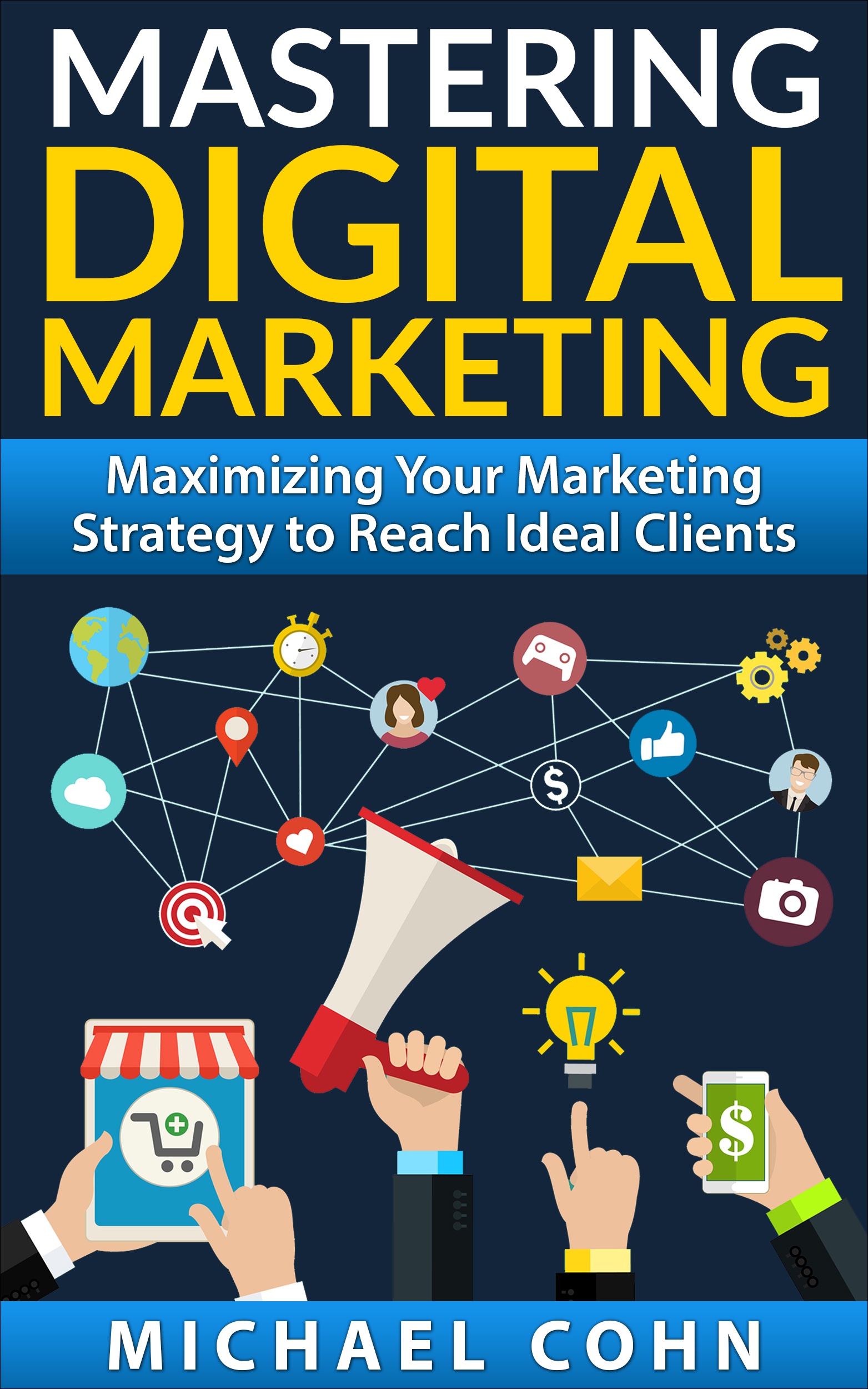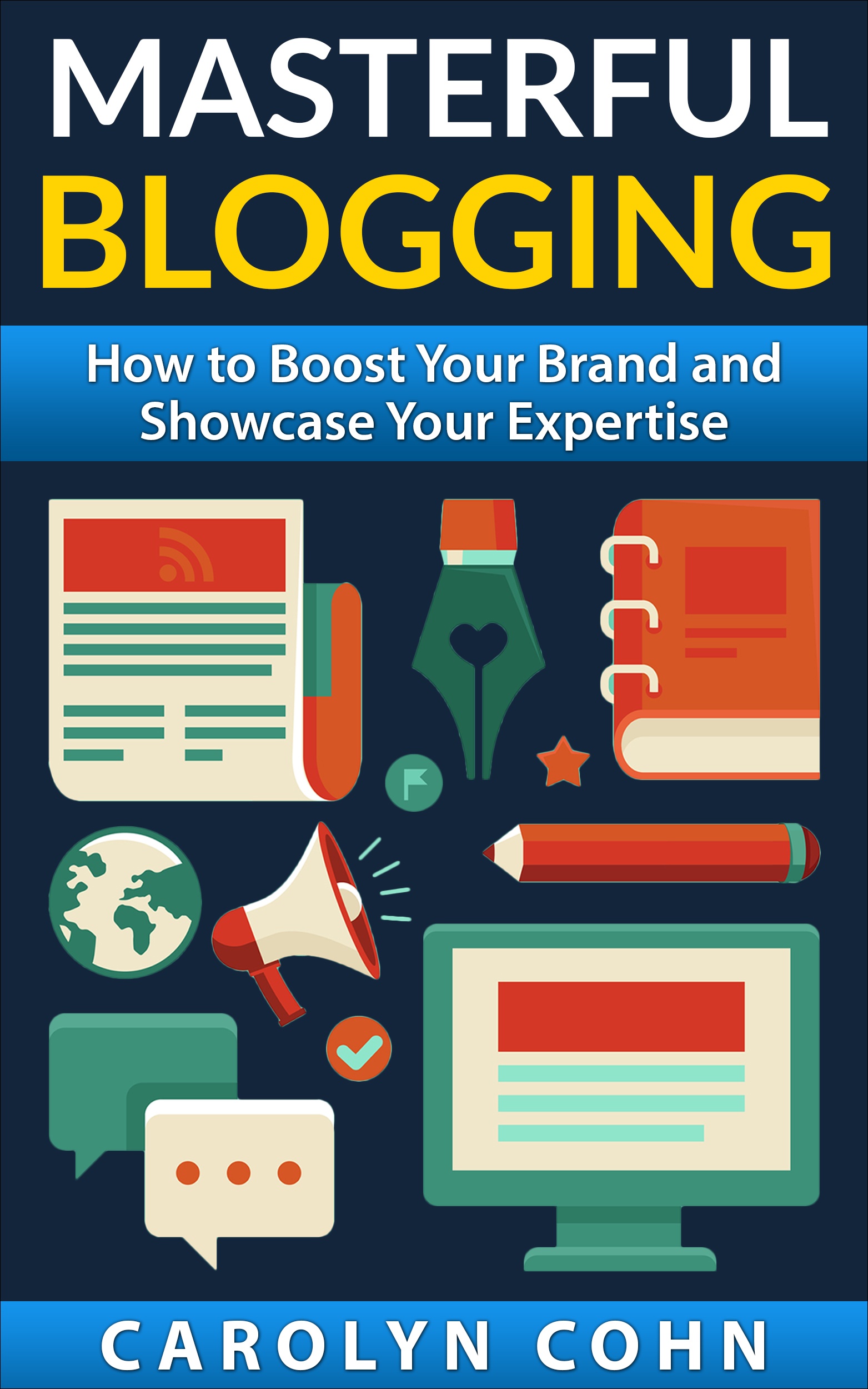Why Using Impersonal LinkedIn Invitations Doesn’t Work

There is a high probability that you are using the various popular social media channels to increase your business interactions, including LinkedIn. You may be involved with Facebook, Twitter, LinkedIn, and some of the other popular social media channels, if using them makes sense for your particular business. In fact, LinkedIn may very well be one of your primary social media channels of choice. So, how do you invite people to connect with you on those social media channels?
Using the personal touch
On the receiving end, there is nothing worse than receiving a “canned” LinkedIn invitation or some other social media invitation that completely lacks any human element. One of my personal favorites is “Because you are a person I trust, I would like to connect with you.” Well, the invitation may not go exactly like that but it is close enough for you to get the right idea. First of all, how in the world does the other person have the nerve to speak about trust. The fact is that if you are only just starting to connect with that person, you have not yet had an opportunity to build trust between you.
[tweetthis]Fabricated invitations without a personal touch fall flat.[/tweetthis]If you send someone, anyone an invitation in which you had absolutely no hand, you can’t expect that you will necessarily be able to build a solid relationship with that person.
[tweetthis]It is important to remember that relationships are built on human connections.[/tweetthis]How do you actually expect to connect with the other person if you don’t express something to the other person that is actually from you?
What do you do when the person invites you to connect?
If you think about it, you will probably come to the conclusion that quality is a lot more valuable than quantity. If you have 10,000 LinkedIn connections but you only actually know 100 of them, what value does that hold for you and your business? Well, probably not much. One thing that actually works pretty well is preparing a response for just that purpose. You can write a short “script,” which you can use when the situation fits. In that communication, you can thank the person graciously for reaching out and inviting you to connect. Then you can ask the person how he or she feels you can work together. Interestingly, sometimes, the most unlikely of people end up working very effectively together.
You may receive a variety of responses to the script. Some people will react negatively. If you are dealing with a sensitive person, he or she may be offended that you dared to question their motives or their intentions. Another response may be that the person explains what they think you can do together (this is the most reasonable, appropriate response). Finally, you may get no response at all (which is, actually, a response of sorts). The final response is a clear message. The first response doesn’t leave you much room unless you want to get into a written confrontation with the person. The second response is the one that you can work with most effectively and with some hope of building a relationship with that person.
Which type of LinkedIn invitation will likely elicit a positive response from the other person?
Well, now it is time to actually come up with some effective invitations. After all, your goal is to get the other person to say yes to your invitation. You can do one of the following, depending on exactly who you are trying to connect with.
-
You can tell the person what you feel you have in common and explain why you feel it would be beneficial for the two of you to connect.
-
You can invite the other person to connect even though you don’t really have a strong foundation together. If your reasoning appeals to the other person, it may be enough for him or her to accept your invitation.
-
You can mention the person’s professional background (or educational background) and explain that the background and what you are doing and where you have been will create an effective synergy.
-
You can invite the person to connect and let them know that you can help that person in some capacity.
-
If you have met the person through some face-to-face situation, you can invite the person to join one (or more than one) of the groups of which you are a member or that you moderate or manage. That is an excellent way to start building a relationship with the person and other people in your group(s) will also benefit from knowing that person.
Conclusion
Social media, exactly what the name implies, is about social connections. Every aspect of social media is based on human, emotional connections. It is very important for you to remember that the concept applies to every part of the social media channels and that includes when you reach out and try to get people to accept your invitations to connect with them and to interact with them.
Interestingly (and not surprisingly), people always know when you really want to connect with them and thus, really make the effort to speak from the heart. Another benefit to personalizing your invitations is that the other person will remember you. You will stand out in his or her mind. It gives you a foothold when it comes to the other person buying what you are selling at some point in the future.
We are pleased to provide you with the insightful comments contained herein. For a complimentary assessment of your online presence, let’s have coffee.

|



Point very well taken. Personal communication is what it should be all about. However, the HR departments–and many executives–in a position to do hiring–kind of set the poor standard when they rely on non-human software rather than personal contact to make hiring decisions for them.
Via LinkedIn Groups
Group: Step Into The Spotlight!
Discussion: How Do You Respond to LinkedIn Invitations?
I put a personal joke in each one!
By Steven James
Via LinkedIn Groups
Group: Step Into The Spotlight!
Discussion: How Do You Respond to LinkedIn Invitations?
I always check the LI profile of the person who wants to link with me. Experience has shown me that I often end up having invitations from boiler-room “investment” advisors from South Korea and other exotic places or “International Recruitment Agencies” just “looking for someone with my profile” or, worst of all – persistent, self-proclaimed, “World -class” presenters / speakers, P.I.T.A.s (Pains In The A***) who then proceed to email me every day ask why I have not signed up for their latest snake-oil course or book!
By Ian Brownlee
Via LinkedIn Groups
Group: The Jewish Business Network (JBN)
Discussion: How Do You Respond to LinkedIn Invitations?
Well said, You got to be real to elicit a real response!
By Mel Lieber